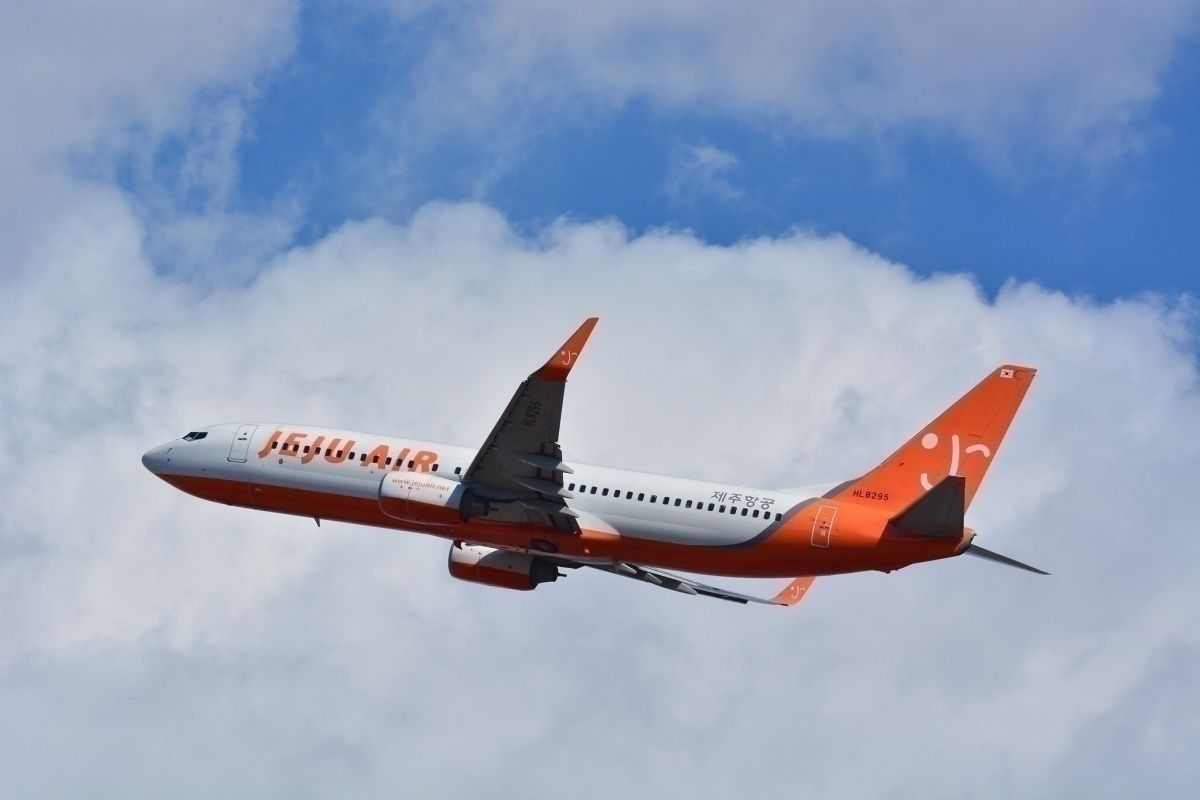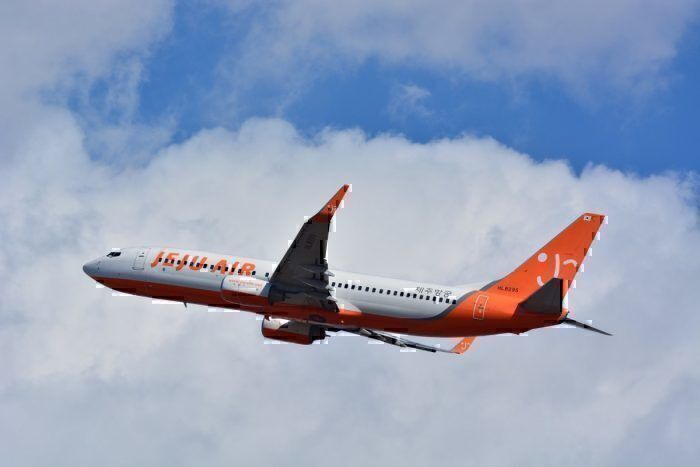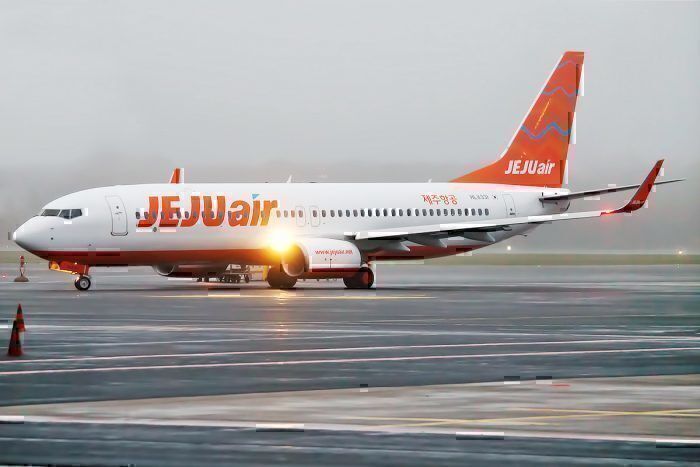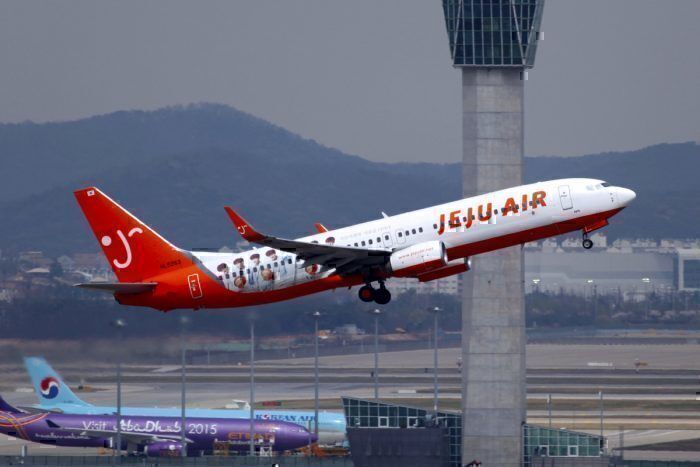A Jeju Air Boeing 737-800 was forced to return to Busan shortly after take off on Friday due to an alleged autopilot issue. Passengers aboard the aircraft reported severe shaking and rolling left and right while in flight.
Jeju Air flight 7C-207 was a short way into its flight from Busan to Seoul Gimpo on Friday when the aircraft began to roll erratically left and right. According to The Aviation Herald’s incident report, the aircraft was at FL115 when the strange movements began.
Passengers also reported severe shaking, followed by the cabin lights turning off ten minutes later. The captain then announced that the aircraft would be returning to Busan to make an emergency landing.
All 184 passengers and six crew landed safely on Busan’s runway 36L, 44 minutes after the aircraft took off.
What caused the aircraft’s erratic behavior?
Unfortunately, Jeju Air was not available to respond to Simple Flying’s request for comment on the incident. However, there have been a number of reports which have revealed some possible causes for the emergency landing.
The Korea Times reported today that the South Korean government will be launching an investigation into the incident, which Jeju Air says was caused by an autopilot malfunction.
An autopilot malfunction could explain the erratic movements as the pilots took over manual control of the aircraft. But the more concerning matter is the fact that the aircraft had already been delayed by an hour before taking off.
This delay was a result of an issue with the aircraft’s altimeter, which was detected during pre-flight instrument checks. The airline reportedly made a statement regarding the delay, saying,
"A safety inspection had to be conducted and relevant documents filled out, which led to a delay, but the aircraft was able to depart at 8:50 p.m."
A government investigation?
Being the highly regulated and meticulous industry commercial aviation is, investigations are often carried out into even the smallest incidents aboard active aircraft. While many incidents are often just a cause of natural wear and tear of components, sometimes they are the result of human error or bad maintenance practices.
In this case, it appears the government investigation will focus on the fact that the aircraft suffered two hardware/software issues within just an hour and a half.
Determining whether the issues with the altimeter and the autopilot were somehow related will be key to understanding whether correct procedure was followed while the aircraft was still on the ground.
In addition to the aircraft’s hardware/software issues, a South Korean transport ministry official confirmed with The Korea Times that it is considering “whether it was proper for the pilot to circle the airport and if the emergency announcement was appropriate and properly delivered."
Many passengers aboard the Jeju Air Boeing 737 have since reported that they were left fearing the worst for 20 to 30 minutes as the aircraft circled above the airport. This happened after the captain had announced that the aircraft would have to make an emergency landing.




